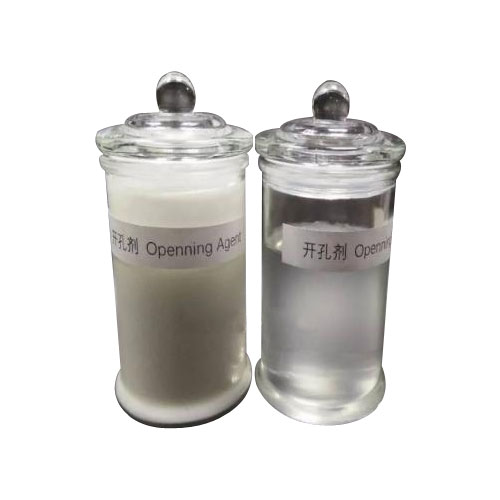The working principle of high resilience foaming opener mainly relies on its foaming characteristics and gas release reaction. Specifically, the following are its basic principles:
Foaming reaction: High resilience foaming opener usually contains chemical components that can produce gas under certain conditions. When the dosage is mixed with the substrate, these components will react to generate gases (such as carbon dioxide, nitrogen, etc.), thereby forming a foam structure. The generation of foam causes the opener to expand and form an open or porous structure.
High Resilience Performance: A key feature of this opener is its high resilience, that is, it can quickly return to its original shape or elasticity after foaming. This means that the foam structure has good recovery and can maintain its shape and elasticity even when compressed by external forces. This makes this opener particularly suitable for applications that require high elasticity and comfort, such as foam filling materials.
Structure formation: During use, the high resilience foaming opener forms evenly distributed fine bubbles in the material through the release of gas to form an open cell structure. This pore structure makes the material have excellent air permeability, sound insulation or thermal insulation properties.
In summary, the working principle of high-resilience foaming opener is to release gas to form foam through chemical reaction, and make it have high resilience through special formula design, so as to meet the requirements of material performance in specific fields.


